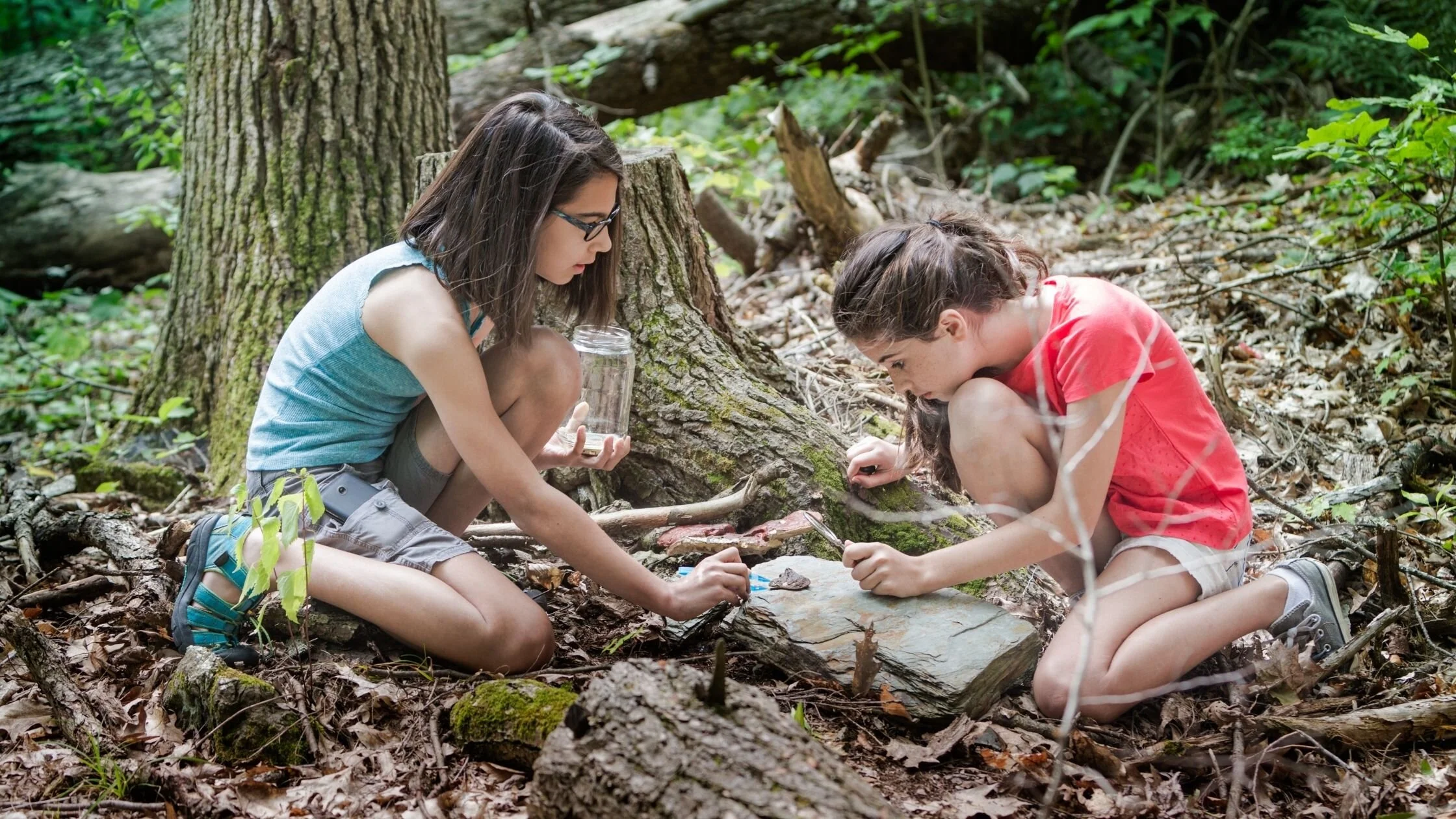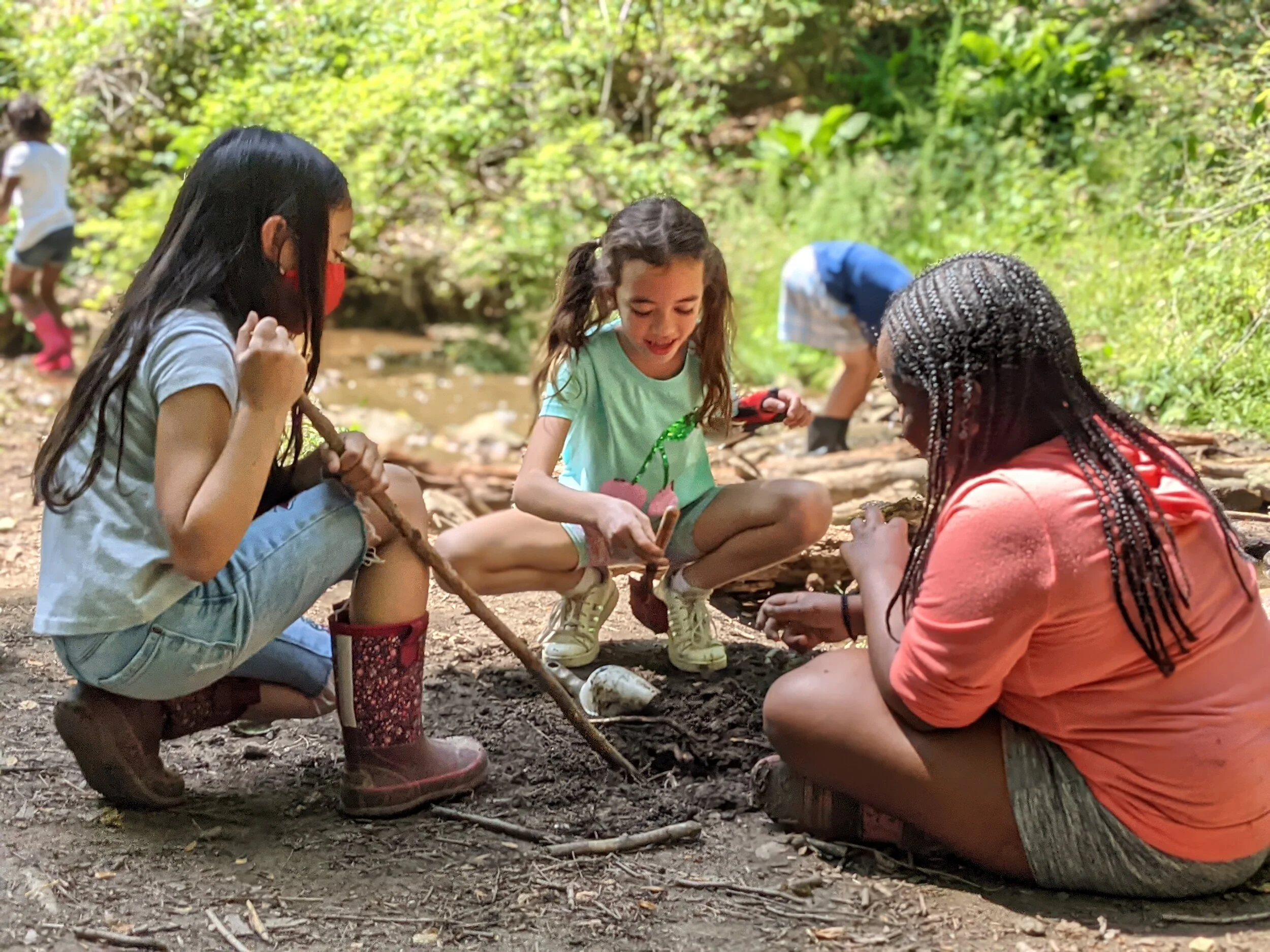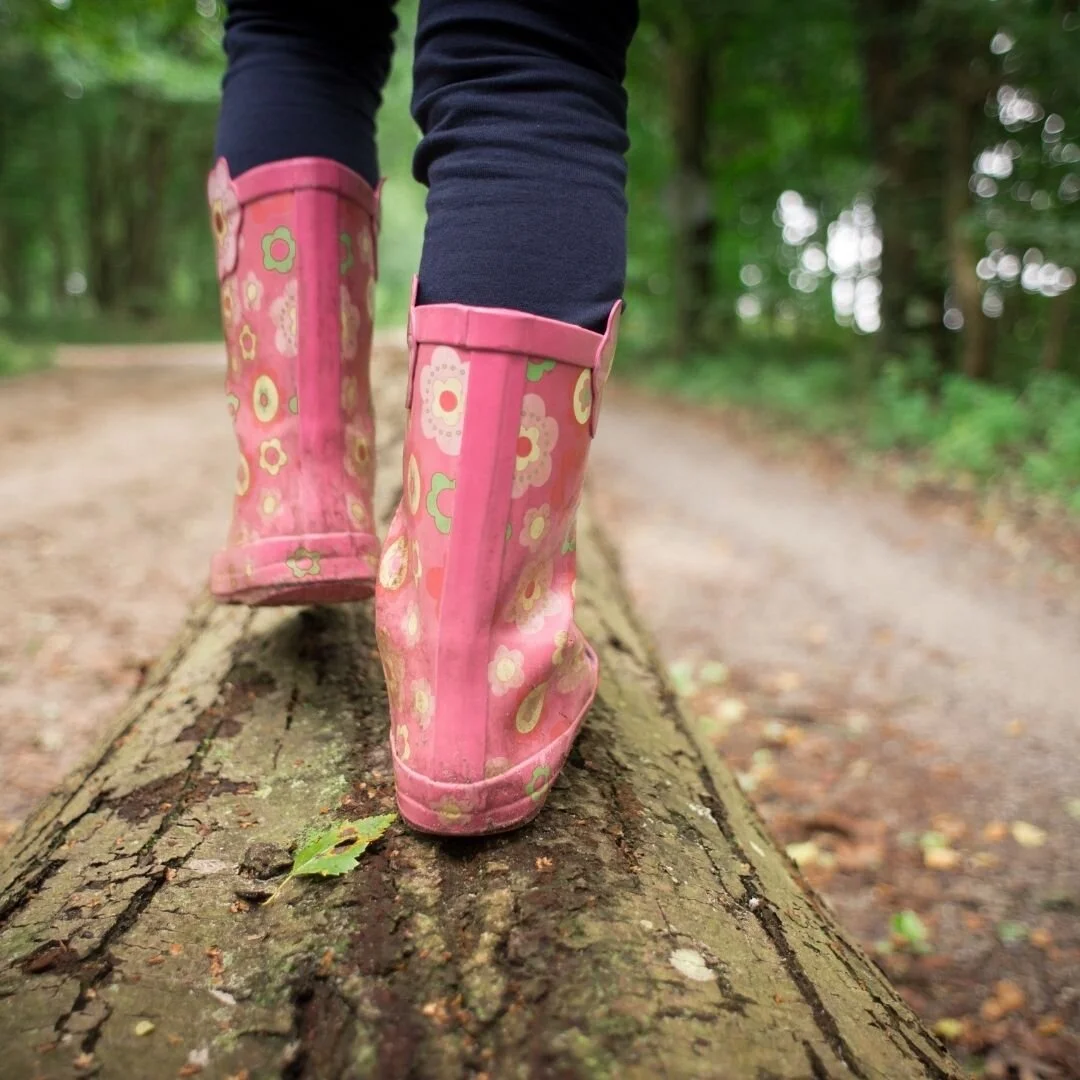Nature Provides Long Lasting Benefits For Students
When you see the fruit of what you truly believe in become a reality, it is a beautiful thing. As a nature-based occupational therapist, the value of getting kids outside has been a core principle of my work with children. Last year I was lucky enough to work at a school that not only saw getting children outside as a way to lessen the sting of Covid-19 protocols but further embraced their value of connecting kids with the wonder of nature as a crucial part of the education process. During the upcoming school year I have the privilege of serving as the Outdoor Education Coordinator at Cambridge School in Baltimore to continue to grow the integration of curriculum and the outdoors.
How you can do this? And why should you do this at your school if you are a teacher? or advocate for it at your child’s school as a parent? These are some of the things I addressing here and will continue to do in the months to come.
What Does it Mean to combine Nature and Education?
Combining nature and education can be a bit confusing. While it brings to mind the study of the environment and ecology, it encompasses so much more than simply learning ABOUT nature. At its core, it is about building a RELATIONSHIP with nature and valuing the EXPERIENCE in nature which provides a backdrop for holistic learning. The skills acquired go far beyond academic achievement.
The marriage of education and nature can take on many meanings. While place-based learning that uses local landscapes to build a deeper understanding about culture, heritage and landscape is definitely a goal, sometimes using nature can be as simple as bringing your class out for a movement break or to read. We will discuss more specific ways to incorporate nature into the educational process in upcoming blogs.
Essential Reasons To Get Kids Outside At School
Here are some things that nature can provide in school setting:
Fosters a Positive Relationship With Nature - It is impossible to grow in a relationship if you don’t spend time with something. It isn’t enough to know about something, one must interact with it. Imagine making a new friend by only compiling a list of facts about someone and seeing their picture. It may be a starting place but it does not create the connection necessary to grow and have a mutually beneficial relationship.
Participation in Nature Fosters Stewardship - Studies find that kids who have spent time in nature as a child grow up to be good stewards of natural places. If we are going to enjoy nature for years to come, we need to raise caretakers of the environment. I want my grandchildren and their grandchildren to be able to enjoy green spaces rich with diverse species and healthy growth. That takes care and stewardship.
Fosters Critical Thinking - When we embrace in inquiry-based approach to nature spaces, it promotes the ability of a child to think and learn on their own. They learn to evaluate and analyze what they see and experience in order to draw a conclusion. This differs from a classroom experience based on learning facts and memorizing. For instance, a child who sees a curious hole in a log may ask a teacher or guide,
“What is this?” Rather than giving an outright answer, the response can be, “Hmm, What do you think it might be?” This begins the dialogue. Children embrace the role of scientists as they test their own theories about what might happen. Principles of physics are explored before a child can put terms or labels to them.
Reduces Anxiety - For many students the classroom environment is intimidating and full of stressors including academic pressures, social expectations and sensory distractions. When taking the classroom experience outside, it removes walls and some of the pressures that go along with it. Children can be free to experience learning in a new way. When the emphasis is on discovery and not on meeting specific academic goals, children can learn at a pace that is right for them. In my blog on seeing behavior through a new lens, we learn that a child’s inner sense of safety is crucial in setting the stage for reasoning and taking in new information.
Builds Social Skills - As children are allowed to explore and engage with natural settings they practice using their social skills. By navigating interactions with peers, they experiment with social behavior. They learn what works and what doesn’t. Adults and teachers can act as supportive observers rather than micromanagers. Adults can provide the framework for managing disputes giving children a chance to experiment and grow.
Promotes a Sense of Wonder - Learning to pause and reflect on the wonders of nature is a gift that will last a lifetime. Whether watching a bee pollinate a flower, listening to birdcalls, finding shapes in the clouds, marveling at the resurgence of spring, the simple act of noticing, pausing and being amazed is a source of joy even amidst troubling times.
Enhances Learning - Research shows that multi-sensory experiences enhance learning and increase the likelihood of retention. Picture observing the changes in a marked area on the schoolgrounds versus reading about ecology. Or Participating in an archaeology dig, as opposed to watching a YouTube video. For the younger child learning the alphabet can be experienced on the playground instead of on a chalkboard or workbook.
Teaches Flexibility and Resilience - Being flexible is an important quality for anyone to have. Just ask anyone who has lived through 2020-21! Nature provides a dynamic environment in which to learn and play that gives growing bodies rich opportunities to adapt. Both minds and bodies are challenged as they navigate uneven terrain, changes in weather, and unpredictable environmental changes i.e. an onslaught of 17-year cicadas on the playground! Rain today? No problem! We just put on our boots and raincoats. As children adapt to changes and stressors and find success, they grow in resilience at school and beyond.
Enhances Spiritual Connection- This isn’t always talked about but I feel it is very important. Being outdoors offers a tremendous opportunity for individuals to find meaning and purpose. In occupational therapy, spirituality is defined as “the way individuals seek and express meaning and purpose and the way they experience their connectedness to the moment, to self, to others, to nature, and to the significant or sacred.”
The school where I work is a faith-based, Christian school and values nature as a way of seeing and connecting with God. But however you express your spirituality, nature provides a way to find meaning and to participate in something bigger than ourselves. Children can find value and purpose as they are immersed in the natural world.
Increased Mental Health -We have already mentioned reduced anxiety but the benefits of spending time outside are steeped in research. Children who participate in outdoor experiences feel calmer and less stressed, have decreased negative emotions and have increased feelings of competence and resilience. If children can learn about the connection of nature to their own positive emotions and mental health, they can carry that with them for a lifetime.
While this list is not exhaustive, hopefully it is enough for you to see the value of getting children outside at school. While some may argue that outdoor time is taking away from time to focus on academics, many would argue that the benefits children gain from their time outside far outweigh time at a desk memorizing facts and completing worksheets.







